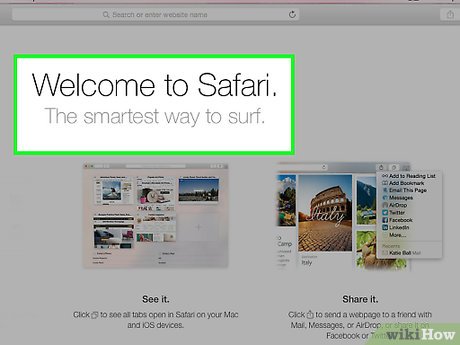


Since Facebook can also remove personal accounts with no explanation or warning, page owners should keep offline copies of all details about the ban. Adding a link to the story on a page owner’s personal Facebook timeline.Some ideas for spreading the word and generating support for a banned Facebook page include: Most businesses, groups and organizations have web presences in addition to Facebook, and owners with banned pages have had success asking their regular website visitors to appeal the ban on the group’s behalf. In the majority of these instances, there is no provided information regarding the third party’s identity or contact details. Since no specific details are available regarding which content allegedly violated which rules, uncovering this information rests with the page owner. In the majority of cases, Facebook’s follow-up correspondence instructs the page administrator to contact the disputing third party directly and work to resolve the matter of alleged violation. If there is no response from Facebook within three to five business days, a page administrator can then send a form letter available in the Facebook Help Center to Step 4: Ask For Help From Outside Followers The email should explain that the page owner has reviewed all Facebook activity carefully and ask for clarification about exactly which terms of service the banned page violated.
#FACEBOOK PAGES FOR MAC PROFESSIONAL#
When replying to this email, page owners are advised to remain polite and professional because strong wording or aggressive language will not help anyone’s case. Step 3: Respond to Facebook’s Inital Email Administrators normally find very little if any activity that could have justified a Facebook page ban, which strengthens their position when appealing to the social site’s administrative support staff. This activity can include a group event sent to a large number of followers or an excessive number of page “likes” in the time frame of only a few days. The key to this step is recalling and noting anything different from usual Facebook activity in the days just before the ban. In this situation, a page administrator can infer that some of his or her posted content violated a copyright or trademark rule, such as posting without first asking permission of the original owner. These notification emails often mention violations from a third party or refer to an anonymous complaint without specific details. Many banned page owners report that the language of Facebook’s notification email is ambiguous, but reading through it can yield some clues as to why a ban was enacted. Step 1: Review Communication From Facebook Carefully Algorithms don’t recognize individual circumstances, so a ban can be triggered all the same. In most cases, the page owner’s intent is completely benign and not intended to spam or harass anyone. Adding promotional links to a page too many timesĪccording to Facebook’s internal algorithms, any of these activities can be interpreted as spamming or aggressive behavior towards other users.Sending too many messages to page followers.Other activities that can get a page banned or blocked include: Too many posts on a page in too short of a time period can trigger Facebook’s spam alert, especially if those posts contain similar types of links. Using Moderation With Facebook Marketing Common Reasons For a Facebook Page Ban or BlockĮxcessive page activity is the most common reason for a Facebook page ban, although the exact definition of “excessive” is subjective according to the site administration’s internal guidelines. The email normally contains no details as to why the page was blocked, but the following steps can improve chances of reversing this action. In publicized cases, an organization or group’s Facebook page administrator receives a boilerplate email notifying him or her the page has been removed. A lack of information about specific violations can present a discouraging situation as well. Following some specific steps can restore a blocked or banned Facebook page in some instances, but users are reminded that the social media site’s administrators have the final say in whether a page will be restored.įacebook pages have been taken down without warning in the past, an action many individuals consider arbitrary and unfair. A banned or blocked page can also mean hours of lost work spent adding interesting content. Millions use the social site to connect with others who have common interests, and a ban can cost an organization a large segment of online followers. A banned or blocked Facebook page is never a desirable situation for any business, group or organization.


 0 kommentar(er)
0 kommentar(er)
